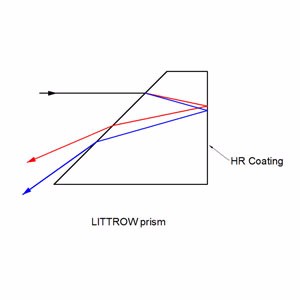Feeding succulent feed to dairy cows is an extremely important technical measure to increase milk production in dairy cows.
Beet The dry matter of sugar beet contains 5%~6% sugar, 1%~2% protein, 1.7% crude fiber and 9% nitrogen-free extract. When feeding, it should be washed and chopped first, and each cow can feed 30 kg to 40 kg per day. Feeded beet feed should not be left for too long to avoid nitrite-induced cow poisoning.
Beet pulp Fresh beet pulp contains 90% water, 0.9% crude protein, 0.1% crude fat, 2.6% crude fiber, 3.5% nitrogen-free extract, but no carotene and vitamin D. Feeding sugar beet can provide the cow with the necessary filling material. Beet pulp can feed 3 kg to 5 kg per cow per day.
Potatoes The average dry matter content was 22%, crude protein 1.6%, crude fat 0.1%, crude fiber 0.7%, and nitrogen-free extract 18.7%. Every 3.5 kg to 4 kg of potato is equivalent to 1 kg of cereals, and about 80% of the dry matter is starch, easy to digest, but lacks methionine, calcium, phosphorus and carotene, etc., is a typical carbohydrate-rich concentrate. It is also one of the main feeds for dairy cows. Feed 20 kg to 26 kg per cow per day, and pay attention to the protein, minerals and vitamin supplements in the diet.
The dry matter content of carrots and carrots is 12%, and most of them are soluble sugars, crude protein 1.1%, crude fat 0.3%, crude fiber 1.2%, and nitrogen-free extracts 8.4%. It is the quality of male animals, dairy cows and young animals. Juicy feed. When feeding, it should be washed and shredded, feeding 20 kg to 25 kg per cow per day, and feeding 5 kg to 7 kg for bulls. When storing, it is best to bury it with wet sand to prevent decay and nutrient loss.
Littrow prisms feature 30°, 60°, and 90° angles .30° - 60° - 90° Littrow Dispersion Prisms can be used for a variety of applications. Uncoated littrow dipersion prisms are used to disperse light into its component spectrum. Coated littrow dipersion prisms are used to deviate the line of sight by 60°.
Dispersion Prisms (Uncoated)
Collimated white light enters into the A-C surface of the prism, is reflected at the hypotenuse surface, and then dispersed into its component spectrum at the B-C surface. Although Littrow prisms produce narrower dispersion than equilateral prisms, Littrow prisms are typically less expensive.
Beam Deviation Prisms (Coated)
Incident light enters into the aluminum coated B-C surface of the prism at the nominal angle and returns back using the same path. In spectrum dispersion applications utilizing white light, the resolution performance of Littrow prisms is equal to equilateral prisms since the optical path length through the glass substrate is the same distance round-trip. Additionally, light entered into the A-C surface will reflect twice inside the glass substrate before being emitted through the hypotenuse surface at 60°.

Dispersion Prism,Optical Dispersion Prisms,Beam Deviation Prisms,Inked Dispersion Prism
China Star Optics Technology Co.,Ltd. , https://www.opticsrealpoo.com